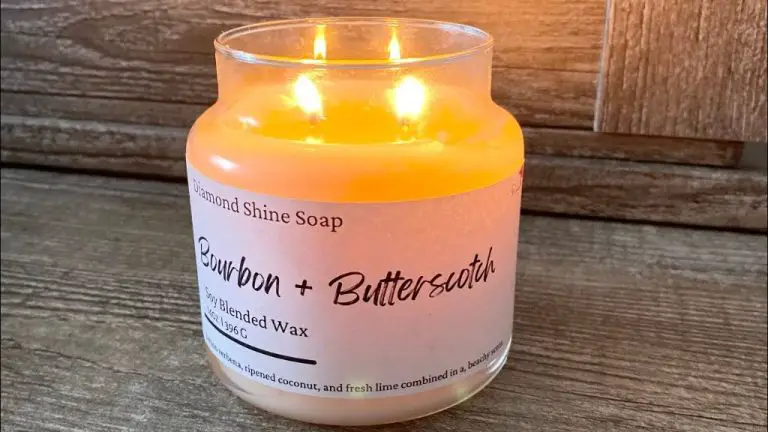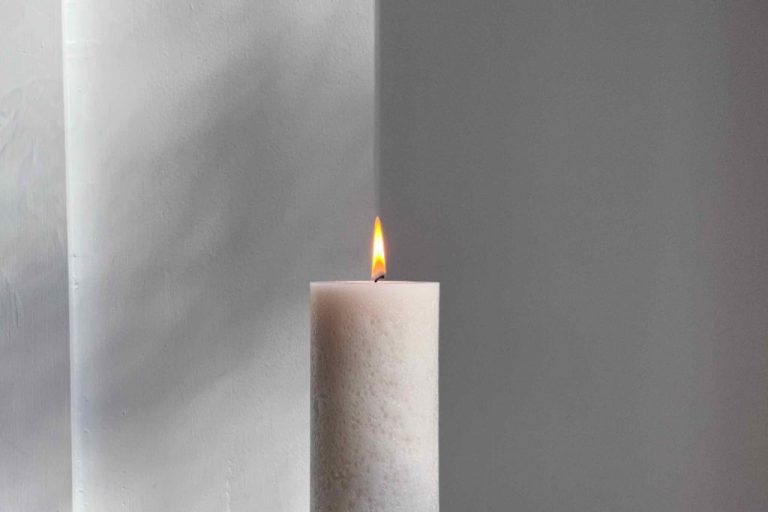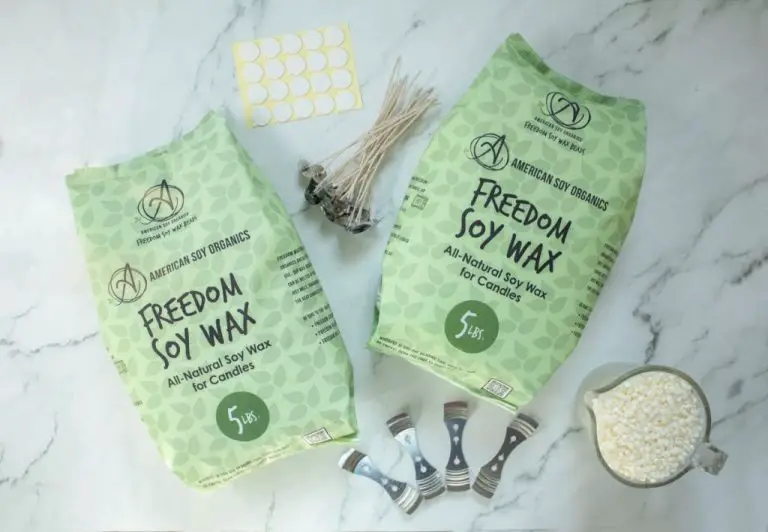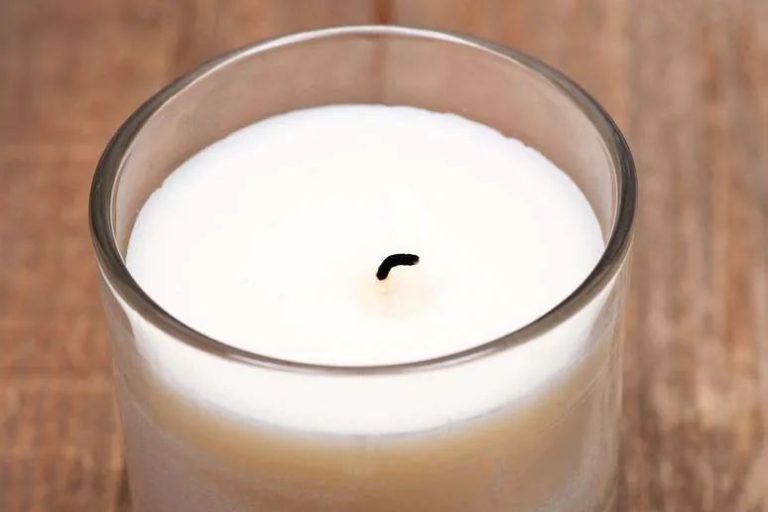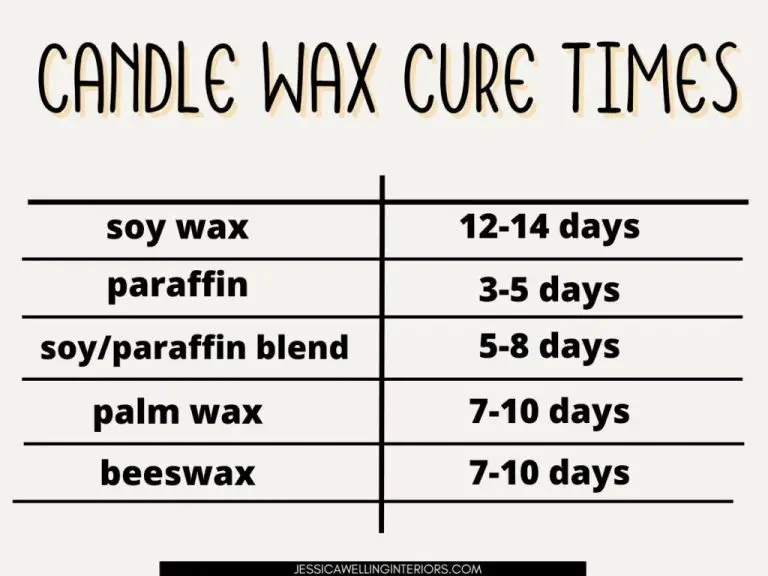What Is The Best At Home Wax To Use?
At-home waxing has become an increasingly popular alternative to professional waxing services and other hair removal methods like shaving. As of 2020, approximately 6.39 million Americans used at-home waxing 4 or more times that year, according to data from Statista (source). The waxing industry as a whole has shown steady growth in recent years, with an estimated annual growth rate around 7.6% (source). At-home waxing provides a convenient and cost-effective way to remove unwanted hair from the legs, arms, bikini area, and more. With practice, many people find they can achieve smooth, long-lasting results comparable to professional waxing. This guide will explore the best at-home wax products, techniques for proper application and aftercare, cost comparisons, and alternatives to waxing for hair removal.
Types of At-Home Wax
The two main types of wax used for at-home waxing are hard wax and soft wax. Hard wax is applied thickly and hardens on the skin, while soft wax is applied thinly with strips. The key differences are:
-
Application – Hard wax is applied with a spatula and removed by hand when hardened. Soft wax is spread thinly with a popsicle stick or spatula, applied to strips, then removed by pulling the strips. (1)
-
Pain – Hard wax adheres only to hair, not skin, so is less painful. Soft wax adheres to skin so can cause more discomfort. (2)
-
Hair type – Hard wax works better on coarse, thick hair. Soft wax works better for fine hair. (3)
-
Skin type – Hard wax is good for sensitive areas. Soft wax can work for all skin types when applied properly.
-
Waxing area – Hard wax common for Brazilian waxes. Soft wax common for legs, arms, face.
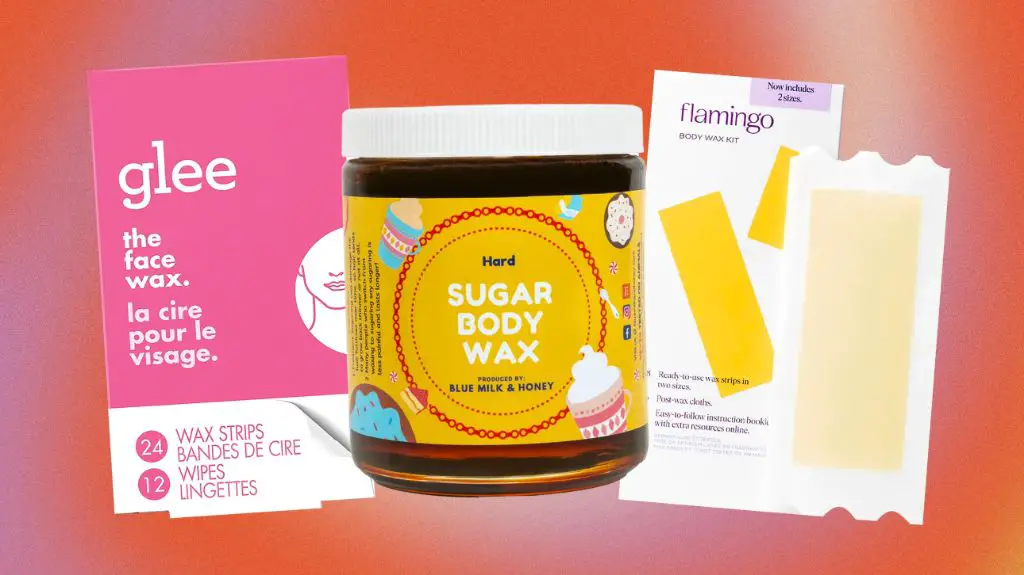
Overall, hard wax tends to be gentler and less painful for coarse hair on sensitive areas like the bikini line. Soft wax offers more precision for finer hairs on legs and arms.
Best Waxes for Sensitive Skin
If you have sensitive skin that is easily irritated, you’ll want to choose an at-home wax made with natural ingredients and no added fragrances. Stay away from waxes with strong chemical smells, as these can provoke reactions.
Look for waxes made with beeswax, which is moisturizing and gentle. Some good options include Nad’s Natural Honey Wax and Parissa Natural Hair Removal Wax. These contain beeswax along with natural oils like sunflower oil and lavender oil to soothe skin.
You may also want to avoid waxes with tree resin, as they tend to be very sticky and more likely to lift skin. Opt for milder soy-based or sugar-based waxes instead.
Always do a patch test before waxing any sensitive areas like the bikini line. And be very careful waxing any irritated, sunburned, or broken skin, as waxing could cause further inflammation.
Best Wax for Coarse Hair
Coarse or thick hair can be challenging to remove with regular soft wax. Soft wax adheres to the hair strand itself, which requires the hair to be strong enough to allow for easy removal. With coarse hair, soft wax can break the hair rather than pulling it from the root.
Hard wax is a better option for coarse, thick hair. Rather than sticking to the hair, hard wax adheres to the skin and encases the hair. When removed, hard wax is able to lift coarse hair cleanly from the follicle without breakage.
Some of the best hard waxes for coarse hair include:
- Cirepil Blue Hard Wax – This is a high quality hard wax that remains pliable instead of brittle. It is gentle enough for sensitive areas.
- GiGi Hard Wax – An effective budget-friendly hard wax that works well on thick or coarse hair.
- Satin Smooth Hard Wax – This is a hard wax that can be used on the face and body, making it versatile for all areas with coarse hair.
Always test a small area first when using a new hard wax to ensure it doesn’t irritate the skin. Avoid applying hard wax to already irritated skin.
Best Wax for Brazilian
When it comes to Brazilian waxing, hard wax is generally considered the best choice. Hard waxes are designed to adhere only to the hair, not the skin. This makes them gentler on sensitive areas like the bikini line. Soft waxes, on the other hand, adhere to both hair and skin, so they can pull and tear at the skin during removal (source).
Hard waxes also cool and harden quickly once applied. This allows them to be removed in larger sections, making the process quicker and less painful. Soft waxes remain sticky and flexible after application, so they must be removed more slowly in small sections (source).
Some top-rated hard wax options for DIY Brazilian waxes include GiGi Hard Wax, Satin Smooth Pre-Made Hard Wax, or Parissa Hard Wax. Just make sure to test any wax on a small area first to check for skin sensitivity.
Application Tips
When waxing at home, proper application technique is crucial for minimizing pain and avoiding skin irritation. Always apply wax in the same direction of hair growth and spread it evenly in a thin layer about 1/8 inch thick. Make sure the skin is held taut during application. To apply wax, use the popsicle stick or spatula that comes with the wax kit. Do not allow the wax to harden before removing. Remove the wax strip in the opposite direction of hair growth in one swift motion. Keep the strip close and parallel to the skin as you pull. For sensitive areas like the bikini line, hold the skin taut with one hand while removing the strip with the other.
To help manage pain during at-home waxing, take an over-the-counter pain reliever 30 minutes prior and avoid caffeine, which can make pain receptors more sensitive. Some find that applying an ice pack to the area just before waxing can dull pain. For bikini and Brazilian waxes, trim longer hair to 1/4 inch before waxing to reduce pain. Breathe slowly and deeply as you remove wax strips. After waxing, avoid irritating the area by wearing loose clothing and rinsing with cool water if needed (Source).
Aftercare
After waxing at home, it’s important to take steps to avoid ingrown hairs and soothe the skin. This article recommends applying aloe vera gel to the waxed area, as aloe contains natural soothing and healing properties. You can refrigerate the aloe gel before applying for extra cooling and calming effects. It’s also advised to avoid sun exposure for 24 hours after waxing and wear loose, breathable clothing to prevent irritation.
Exfoliating is key to prevent ingrown hairs by clearing away dead skin cells and allowing new hair to grow through the skin’s surface. This source suggests gently exfoliating with a warm washcloth or soft scrub 2-3 times per week after waxing. Avoid harsh, gritty exfoliants that could cause further irritation. Moisturizing daily with a gentle, unscented lotion will also help keep skin calm and smooth.
Cost Comparison
At-home waxing kits offer significant savings over salon waxing. The upfront cost of an at-home waxing kit ranges from $10-$75 depending on the size and type, while a salon waxing service starts around $25 for a basic bikini wax and goes up to $80 or more for a full leg wax (source). Though professional waxes yield better results, the cost adds up quickly.
For example, getting a professional bikini wax every 4-6 weeks would cost $300-$500 per year. An at-home waxing kit with enough wax for 6-12 treatments may cost $25-50 for the same period. While periodic professional touch-ups are recommended for best results, at-home waxing kits offer an affordable way to maintain smooth skin between salon visits.
Over several years, at-home waxing yields significant savings compared to exclusively using salon waxing services. Investing some time to learn proper technique can pay off in the form of hundreds of dollars saved. However, at-home waxing has limitations in effectiveness and pain management compared to salons (source). Most people find a combination of professional and at-home waxing provides the best balance of affordability and results.
Downsides of At-Home Waxing
While DIY waxing kits may seem like an easy and inexpensive option, there are some significant downsides to consider before waxing at home[1]. The biggest complaints about at-home waxing often relate to the mess, difficulty, and risk of skin damage that can occur.
Waxing can be a messy process, with wax sticking to surfaces and accidental drips. Cleaning up all the wax residue from countertops, floors, and furniture can be a hassle[2]. The wax can also splatter during application, creating additional clean-up. This mess can be avoided by visiting a professional esthetician instead.
Applying wax properly at the right temperature and removing the strips completely takes practice and skill. It can be challenging for beginners to remove all hair in one rip or apply the right pressure. Haphazard waxing leads to patchy results and skin irritation. Professionals have the techniques and experience to make waxing as effective and painless as possible.
The DIY waxing learning curve also raises the risk of skin damage like wax burns or torn skin[3]. Reactions are common when the wrong wax type is used for sensitive areas. Estheticians know how to prevent these issues through proper sanitization, gentle products, and aftercare advice.
While DIY waxes may save money upfront, they can cost more long-term for quality hair removal. Visiting an experienced esthetician is worth the investment to avoid frustration, mess, and skin damage when waxing at home.
[1] https://lauraskincare.com/pros-and-cons-of-diy-waxing/ [2] https://www.bodydetails.com/blog/reasons-to-avoid-home-waxing-kits-and-strips/
[3] https://www.webmd.com/beauty/features/pros-and-cons-of-diy-waxing
Alternatives to Waxing
For those wanting hair removal while avoiding the mess and pain of waxing, there are several options to consider.
Shaving
Shaving with a razor is one of the quickest and most accessible hair removal methods. It simply cuts the hair at skin level. However, shaving only removes hair above the skin so it can leave stubbly regrowth within 24-48 hours. It also doesn’t result in noticeably slower hair growth over time. While convenient for temporary removal, shaving may cause ingrown hairs, razor burn or nicks if not done carefully. [1]
Epilators
Epilators are electrical devices that remove hair by mechanically grasping multiple hairs at once and pulling them out. They provide longer lasting results than shaving, though not as long as waxing. Using an epilator can be painful as hairs are rapidly plucked. It may lead to ingrown hairs or skin irritation. Frequent use can reduce hair regrowth. Overall, epilators require patience but can be a reasonable at-home alternative between waxing sessions. [1]
Depilatory Creams
Depilatory creams use chemicals to dissolve the proteins in hair to weaken it so it can be easily wiped away. The results last 1-3 days generally. These creams are inexpensive and relatively painless to use. However, they can irritate sensitive skin. It’s essential to carefully follow the instructions and not leave them on too long. Depilatory creams work best on coarser hair. They may be less effective for fine hair. Overall, depilatory creams provide a simple at-home option between waxes. [1]

